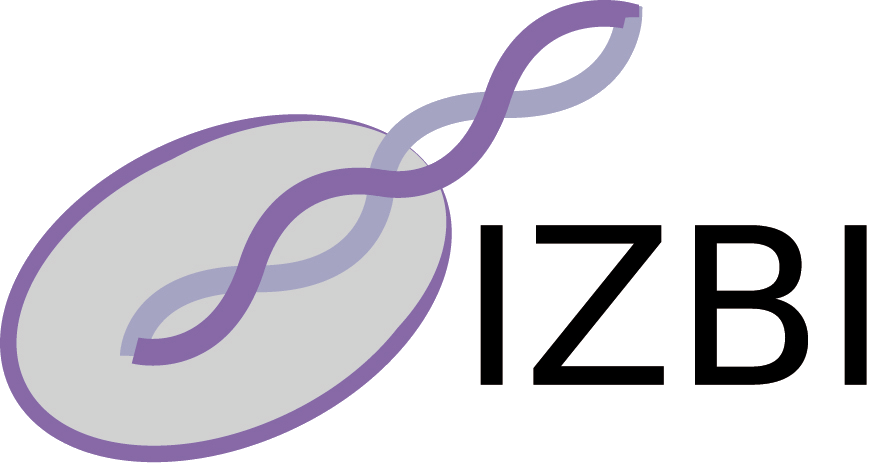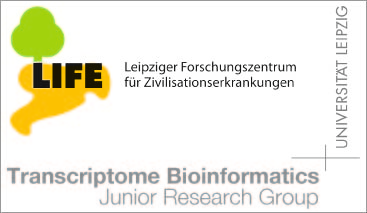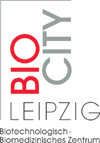Publications - Published papers
Please find below publications of our group. Currently, we list 565 papers. Some of the publications are in collaboration with the group of Sonja Prohaska and are also listed in the publication list for her individual group. Access to published papers ( ) is restricted to our local network and chosen collaborators.
If you have problems accessing electronic information, please let us know:
) is restricted to our local network and chosen collaborators.
If you have problems accessing electronic information, please let us know:
 ) is restricted to our local network and chosen collaborators.
If you have problems accessing electronic information, please let us know:
) is restricted to our local network and chosen collaborators.
If you have problems accessing electronic information, please let us know:©NOTICE: All papers are copyrighted by the authors; If you would like to use all or a portion of any paper, please contact the author.
Temporal ordering of substitutions in RNA evolution: Uncovering the structural evolution of the Human Accelerated Region 1
Maria Beatriz Walter Costa, and Christian Höner zu Siederdissen, and Dan Tulpan, and Peter F. Stadler, and Katja Nowick,
Download
Status: Published
Journal of Theoretical Biology 438 (Supplement C): 143 - 150
Abstract
The Human Accelerated Region 1 (HAR1) is the most rapidly evolving region in the human genome. It is part of two overlapping long non-coding RNAs, has a length of only 118 nucleotides and features 18 human specific changes compared to an ancestral sequence that is extremely well conserved across non-human primates. The human HAR1 forms a stable secondary structure that is strikingly different from the one in chimpanzee as well as other closely related species, again emphasizing its human-specific evolutionary history. This suggests that positive selection has acted to stabilize human-specific features in the ensemble of HAR1 secondary structures. To investigate the evolutionary history of the human HAR1 structure, we developed a computational model that evaluates the relative likelihood of evolutionary trajectories as a probabilistic version of a Hamiltonian path problem. The model predicts that the most likely last step in turning the ancestral primate HAR1 into the human HAR1 was exactly the substitution that distinguishes the modern human HAR1 sequence from that of Denisovan, an archaic human, providing independent support for our model. The MutationOrder software is available for download and can be applied to other instances of RNA structure evolution.
Keywords
Human evolutionComputational modelingDynamic programmingNon-coding RNASecondary structureData visualisation















